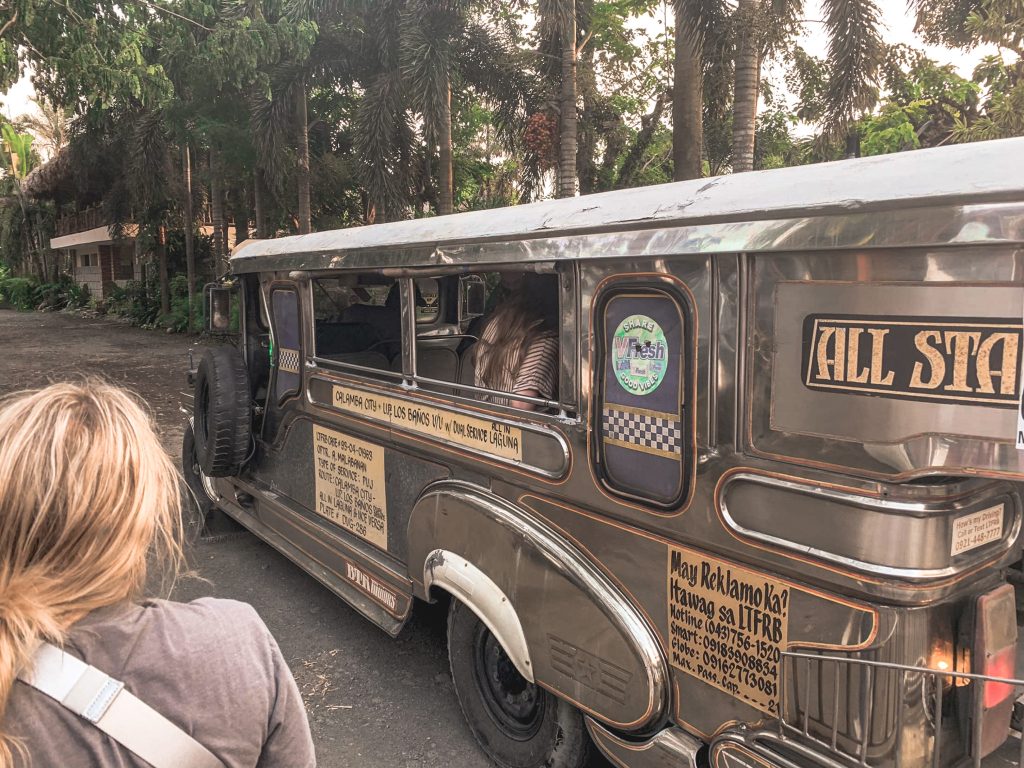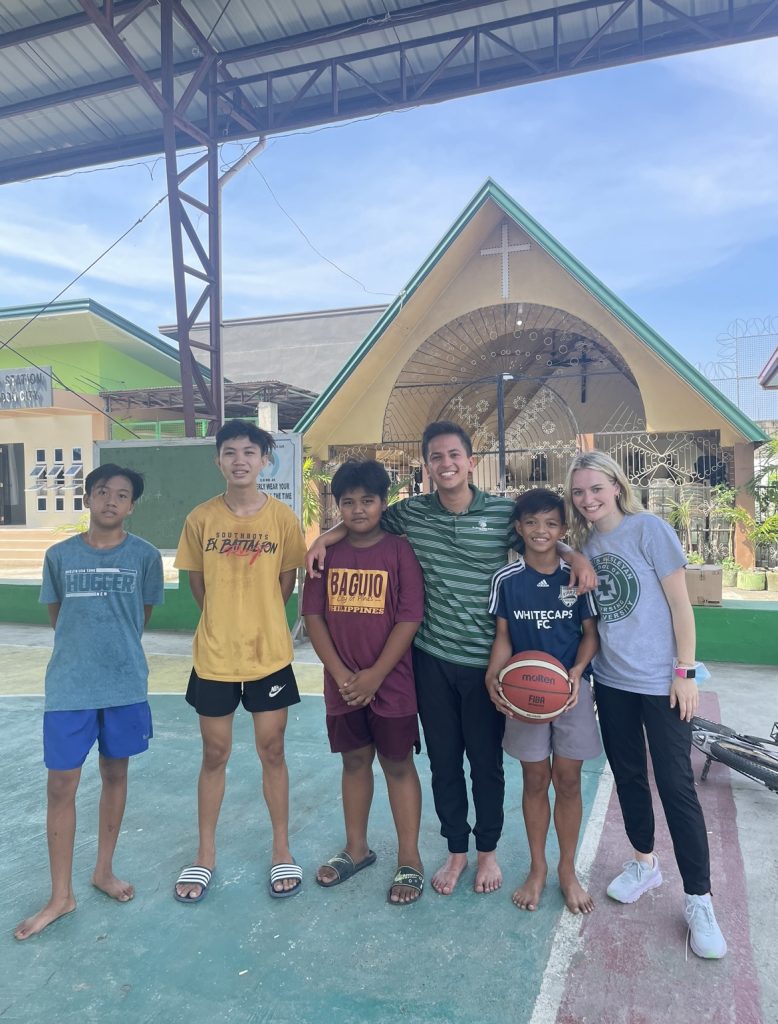It’s been a whole 12 days and this is the first time I have actually had the time to sit down and write about my experiences so far!
Each and every day I have been here I think of 30 different things to write about. At the end of the day when I would sit and reflect on the things I saw, I found it difficult to recall those intimate and real feelings that overwhelmed me in those moments. As a result, each and every time I saw, heard, realized, or felt my mind pondering, I wrote it all down in my notes app- aren’t smartphones so handy?! Now I have pages full of detailed authentic thoughts that I can easily go back and reflect on. These blog posts I will be posting over the next few weeks I will discuss topics from my notes and eventually I will post the complete list throughout my time here.
Okay so let’s get one thing straight, the Philippines is hot. And it’s not like 80 degrees on a summer day in Bloomington, IL hot- It’s like 98 degrees with the humidity at 65% and the “feels like” at 105 on a “good day” hot. Let me tell you, when you walk out of the airport in your Chicago weather clothes from 30 hours before and you take that first step outside, it feels as if you could quite literally be wearing a winter coat and snow pants in Florida. Although in the United States you only stand outside for a short amount of time before hopping into a nice, cool, air conditioned car. However, in the Philippines it’s always pretty much a coin flip as to whether or not your next location will have AC or if an air conditioned car is even available. And let’s be honest, you will most likely be taking a jeepney or tricycle (which is the Philippines form of government regulated public transportation).

Although I can spend my first blog post writing a detailed explanation of my transition into Filipino time, getting settled in my new condo or trying my first Filipino foods, I feel that this post may be more beneficial to cover prominent realizations, issues, and topics as they come.
Let’s go back to the topic of heat. Although it’s known that the Philippines has a very tropical climate, it can never truly be explained in writing unless you experience it in real life.
It is ALWAYS hot. Some people spend each and every day in the sweltering heat. Of those employed in the Philippines, many of those include manual labor jobs such as farming, construction, merchants, etc. 23.8% of all people in the Philippines that are employed work in the agriculture sector- much of which is done outside (Philippine Statistic Authority). But it doesn’t stop them from getting work done, although it does take a little longer – but who can blame them. However, instead of going home to a nice air conditioned home after work to decompress after a long day in the sun, many return to houses made of light materials such as bamboo, tarps, metal scraps, and zero AC. You can never escape the heat unless you are one the few fortunate enough to belong to the upper class.
My first day of work in my field placement, we set up our data collection station in the town’s center. Most town centers in the Philippines always consist of a basketball court and awning. Basketball is a hot commodity here, it is every Filipino’s favorite pastime. Even adults after work will gather and play a few games together. I watched as kids from all over town would gather and play basketball together. No matter the size, age or economic status, they all bring their own balls and play together, all day. The heat never stops them from engaging in their daily games of scrimmage and 10 seconds. I even had the privilege to play with some of these children. Within 10 minutes I found myself drenched in sweat and exhausted but those kids just kept on playing.

Despite the heat, I have met so many incredible people thus far. Filippino’s never fail to impress me with their hospitality, resiliency, joy and passion for making new friends- oh and their obsession with taking photos! No matter the conditions, every single person treats you with kindness and compassion. A lot can be learned from these people and I think one of those biggest lessons is resilience.
